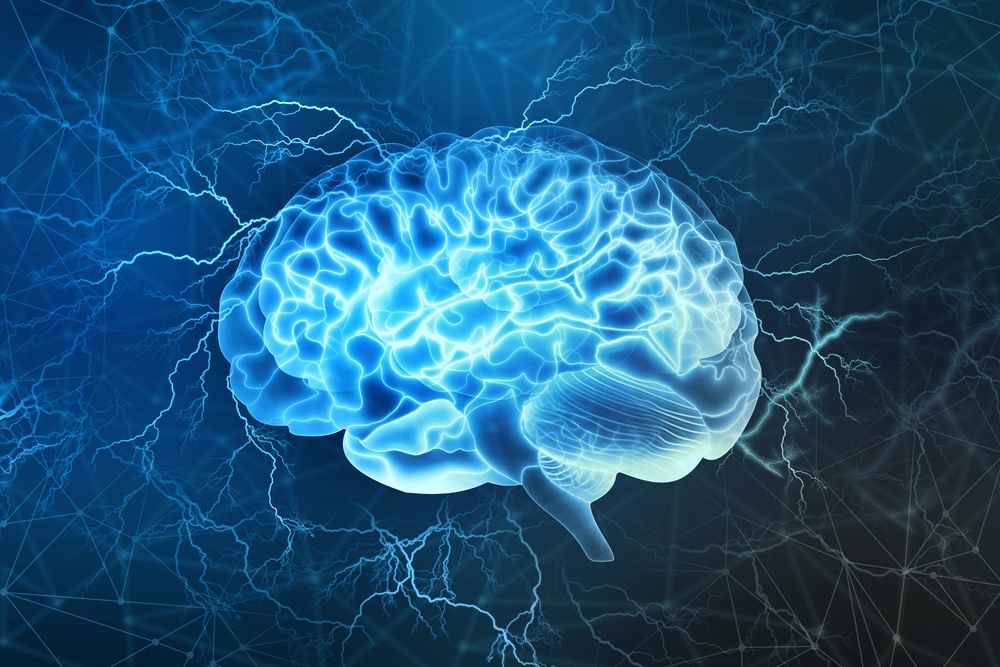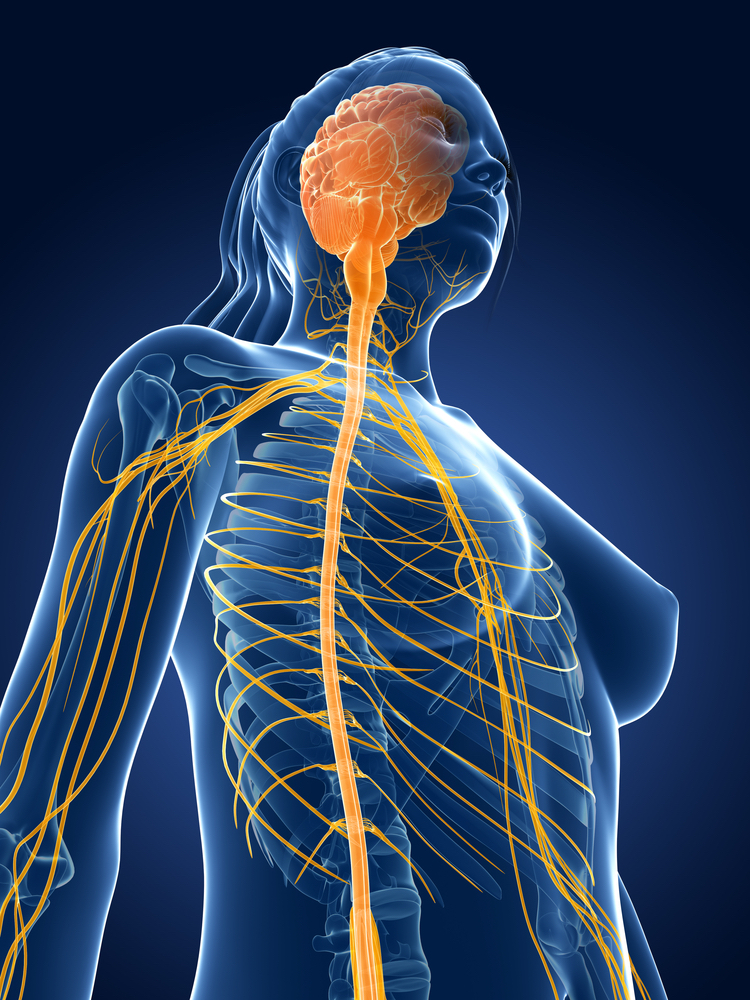
To kick off Mental Health month here at Tune Up Fitness® I wanted to interview someone who would not just clarify, but possibly dysrupt, typical ways of thinking about the topic of mental health. The person who came immediately to mind was Dr. Christopher Walling.
I’ve had the great pleasure of meeting Dr. Walling several times over the past few years and have been repeatedly moved by his words and work. The curiosity, intensity and well, delight, he brings to in-depth studies focused on understanding and supporting the health of the human organism is beyond inspiring.
Dr. Walling’s ability to bridge complex psychiatric concepts to the worlds of yoga and conscious fitness is very helpful to wellness professionals and self-care enthusiasts. (adarsus.com) The consistent respect and genuine interest he offers all level of client, student and trainee makes him an important role model in my own professional development.
Dr. Walling, PsyD, MBA, C-IAYT, is a researcher, a licensed clinical psychologist, and an active leader in the biobehavioral sciences. His work integrates the developmental, neurobiological, and somatic aspects of the lifespan. Dr. Walling is the President of the United States Association for Body Psychotherapy, the hub of somatic psychology, and Associate-Deputy Editor for the International Body Psychotherapy Journal. His clinical focus in the behavioral sciences has examined the intersections of neuro-psychotherapy, affect regulation, and body psychology. (From somapsychology.com)
We may never have solid conclusions on the topic of mental health. However, exploring big questions can tease out answers that will help us explore new possibilities… and potent new questions! This 3-part series of blog posts aims to do just that.
The topic of this first post is Where is My Mind? You might be surprised by the ideas and science that Dr. Walling offers below…
Unpacking the Concept of “Mental Health”
Ariel Kiley (AK): My first question to you, Dr Walling, is how would you describe mental health?
Dr. Christopher Walling (CW): I think there’s actually a question that needs to be asked before that question… and I don’t mean to take this immediately into some philosophical discourse… but what are we talking about when we’re talking about a “mind”?
We have to know what it is that we’re trying to “make healthy” before we can define what it looks like when that thing is healthy. The problem with that is that we don’t really have–at least in the modern world–a universally accepted, uniform definition of what a “mind” is.
Some make the mistake of equating a mind with a brain, and that would have a very different, almost functionalist definition that perhaps we use, or I might use clinically in an emergency mental health situation. But if someone’s like, “Hey Dr. Walling, how will I know that I have the healthiest mind possible?” Well, that actually requires a conversation about, what is a mind?
That might sound, again, like philosophy. My colleague Dan Seigel and others have written tons on this topic. I like Dan’s acronym when he starts to talk about “the faces of flow.”
I borrow Dan’s definition when I’m talking about how to define a “healthy mind.” Which is that it’s flexible, it’s adaptive, it’s coherent–meaning it can hold together dynamically over time. It’s energetic and it’s stable.
Those would be hallmarks, at least from a conceptualization of a resilient healthy mind. But again, it’s really going to depend on the orientation of what we’re looking at this “mind” thing from that determines how we are going to measure or even discuss whether or not it’s “healthy.”
The “Super Sexy Mysterious Organ” Called the Brain
AK: I am so into how this interview began–so exciting. Now can you share a little bit more about the way you create distinction between the concept of the “mind” and the brain? Which you referred to as being more “functionalist”?
CW: So there’s this organ that we’ve got between our two ears that everybody knows about because it’s super sexy and it’s so mysterious. We can sometimes misconstrue that organ to be somehow representative of consciousness.
But as science has grown up in the last 100 years, we’ve developed a far more intricate understanding of our psychophysiology. And as a result now have a much deeper intrinsic understanding that the brain is actually everywhere within the body–it’s not just between our ears.
As a result we now have this return to a really ancient conceptualization of “brain” and “mind” which actually looks at the totality of the organism, which is a very yogic concept.
So it’s the oldest idea known to any coherent body psychology, which is the 8 limbs of yoga–old-school yoga–this idea that when we combine psychological, physiological and complex body dynamics into an integrated whole we could call that “brain.” We could also call that “mind” and we can also call that “body”.
So for me, clinically, when I’m thinking about a case conceptualization for a given patient I’m looking at the whole picture and the whole body as being both brain and mind. So I can use those terms interchangeably.
That also galvanizes a much richer understanding of clinical intervention and the ways in which we can go about a process of treating psychopathology or human suffering–which is that we start to conceptualize brain functions within the various afferent signals that might flow within my viscera or within my skin, within the ectoderm and the endoderm… and the mesoderms of the layers of my body…
It opens up a much richer understanding of, wow! This brain thing… 80% of my nervous system is afferent, meaning ascending through my subcortical processes? This conscious crap that I’ve been so focused on, that’s only like the tip of the proverbial iceberg?
You know, this notion that brain is only between the ears, that’s really old-school and we know a heck of a lot more, particularly in the last 50 years, that now helps us understand [that] brain is everywhere–brain is not just located in the central processing compartment between the ears.

The Brain is Where? Everywhere!
AK: So when you say “brain is everywhere” and you’re talking about the afferent communication (which is communication from the limbs back up to the brain) I sometimes wonder… we give the brain so much credit for being the judge but is it actually the court reporter that’s taking notes, but not actually deciding? [both laugh]
So from an anatomical perspective would you consider the presence of the brain in the body the presence of actual nerve endings and the nerve communication throughout the body?
CW: Yeah. I’m looking at it from a CNS [central nervous system] perspective in a foundational way. When you go into the anatomy lab, for Yoga Tune Up types when they go into a Gil Hedley lab, they’re gonna notice the central nervous system thing, at least from an anatomical perspective, includes brain and spinal cord and all these nerves that reach out.
That whole thing, that whole CNS system, from a functional anatomy perspective… a lot of body psychotherapists would see that as equalling “brain”. Meaning there can be small terminal processes of embodied cognition that will occur within various terminal endings of a nerve ending.
That is the body essentially processing signals and information and it’s doing it locally and globally back at home in the brain, simultaneously. So there’s this simultinaity of functional performative embodied thinking that is not necessarily having to send mail up to the brain to process within the cortical processing centers. But in fact, because of the nature of the phylogenetic performative capacities of our instinctual need to respond to certain challenging situations, etc., will occur without us having to do any of that cortical processing stuff. Does that make sense?
AK: Absolutely–so the tip of the finger can think for itself?
CW: You got it.
AK It doesn’t need to send information to the brain to tell it things, or find out what should be thought…?
CW: You got it. Sub-cortical processes that we use the brain stem for, have a vagal branch that use myelinated fibers that process simultaneous signals so quickly that they don’t require cognition. So while the brain itself (the organ) is involved, the cortex is not, and so thinking isn’t a part of the act local think global functional equation of how our nervous system performs. This is a dynamic situation—and one in which implicit, sub-cortical, below the level of conscious awareness processes are working to help support life!
Check out the next installment of this series about mental health with Dr. Christopher Walling.
Related Article: 5 Ways to Take Healing Into Your Own Hands: Where Self-Care and Western Medicine Meet
Learn more about our Therapy Ball Products and Programs
Interested in video and blog content targeted to your interests?














Because we use a tiny part of our brain we are not aware of everything in the brain that is happening in any of the smallest task that we accomplish. We need to make that connexion with more awareness.
The saying “healthy body, healthy mind” does speak truth to me. Whenever my body becomes stiffer so does my mind. I perceive things more in a “black or white” manner when I’m stiff. Whenever I cultivate flexibility in my body, my mind also becomes more adaptable and dynamic. I couldn’t really explain this phenomenon, but now I can! I can now appreciate a variety of nuances!
Such an important topic, as even mental and physical health practitioners can experience burn out.
Getting to know our mind and brain is as important as getting to know our body, everything is connected. I think nowadays people are starting to put more attention to practices that feed our mind and brain, thanks for the info !
Now a days society has grown more interested on studying the mind and brain, by reading this article and reading about Dr Wallings opinions and researchs its interesting to notice how much this science and knwoledge has grown. Gettin to know our mind and how it works and the difference between it and the brain sets a new perspective of research and study to be made, and leads to alot of open doors along this topic that could lead humans to evolve more into more conscious beings.
I enjoyed reading this one a lot! I learned so much. How fascinating!! I love how Dr. Walling said that our brains are everywhere. It may have blown my brain away…
I also agree with the mind body brain connection. I believe the mind never stops thinking, planning and trying to figure things out, I often wish it would stop and be quiet. I also believe that they are all connected, but not always on the same page.
It is inspiring to me to learn about so much research being done that is continuing to reveal more nuanced aspects of brain function, consciousness and about the nervous system. With this continued gathering of information, these researchers are creating new conversations about our experience as human beings, and what may be even more constructive and helpful ways to approach mental health and wellness.
It makes sense — we experience the ache of a broken heart, butterflies in the stomach, and we pull the hand away from a hot stove before the mind is even aware of it. Our bodies are not merely a vehicle for the brain, that is inferior to the brain. All of our being is aware, and we need to be more embodied.
Interesting to Read again about the link body,mind thanks very good
Another interesting article. Where is my brain really? It’s everywhere in the body…I always believe that the brain is in our skull, a house or room that holds our consciousness. The brain to me is the thinking vessel, receives and sends signals and inputs and guides us and give directions what needs to be done. I also believe that the mind needs to be healthy to be flexible, energetic and adaptive. The interview was educational, I particularly like that phrase “Super Sexy Mysterious Organ”. The Brain is a representative of Consciousness.
The entity body is the brain. A text that makes you think.
Very interesting, but I’m not sure I underatand everything but the interest is to understand, so I continue your readings article. Thank you
I find the concept of expanding the brain beyond the grey matter between the ears to be paradigm shifting. It bring human beings in closer connection to our botanical kin. Plants do not have specialized parts the way that humans have arms and legs; rather they can think and feel through their root tips. They can make decisions to grow around a stone or other obstruction in the soil in the same way that our hands can flinch when touching a hot pot or our feet can take the next step.
The brain is an organ that signals bodily functions. I view the mind as a level of consciousness that is represented by the use of proprioception. “I am not my mind is a mantra that I use to distinguish between an emotional reaction and critical analysis. Therefore, when I use the term “mind” I am not referring to the grey matter that is present within the skull.
Looks like I do have a healthy mind as defined in the blog Which is that it’s flexible, it’s adaptive, it’s coherent–meaning it can hold together dynamically over time. It’s energetic and it’s stable.
This is a fascinating topic to me. I am currently raising money for CAHM One Brave Night. It is near and dear to my heart as my father was mentally Ill. Reading this Blog was extremely informative and changed my perspective of cognition with regards to the brain, the senses and dialogue transmuted as immediate processing. So Cool! Looking forward to reading more of these blog posts.
Blessings
Melaina